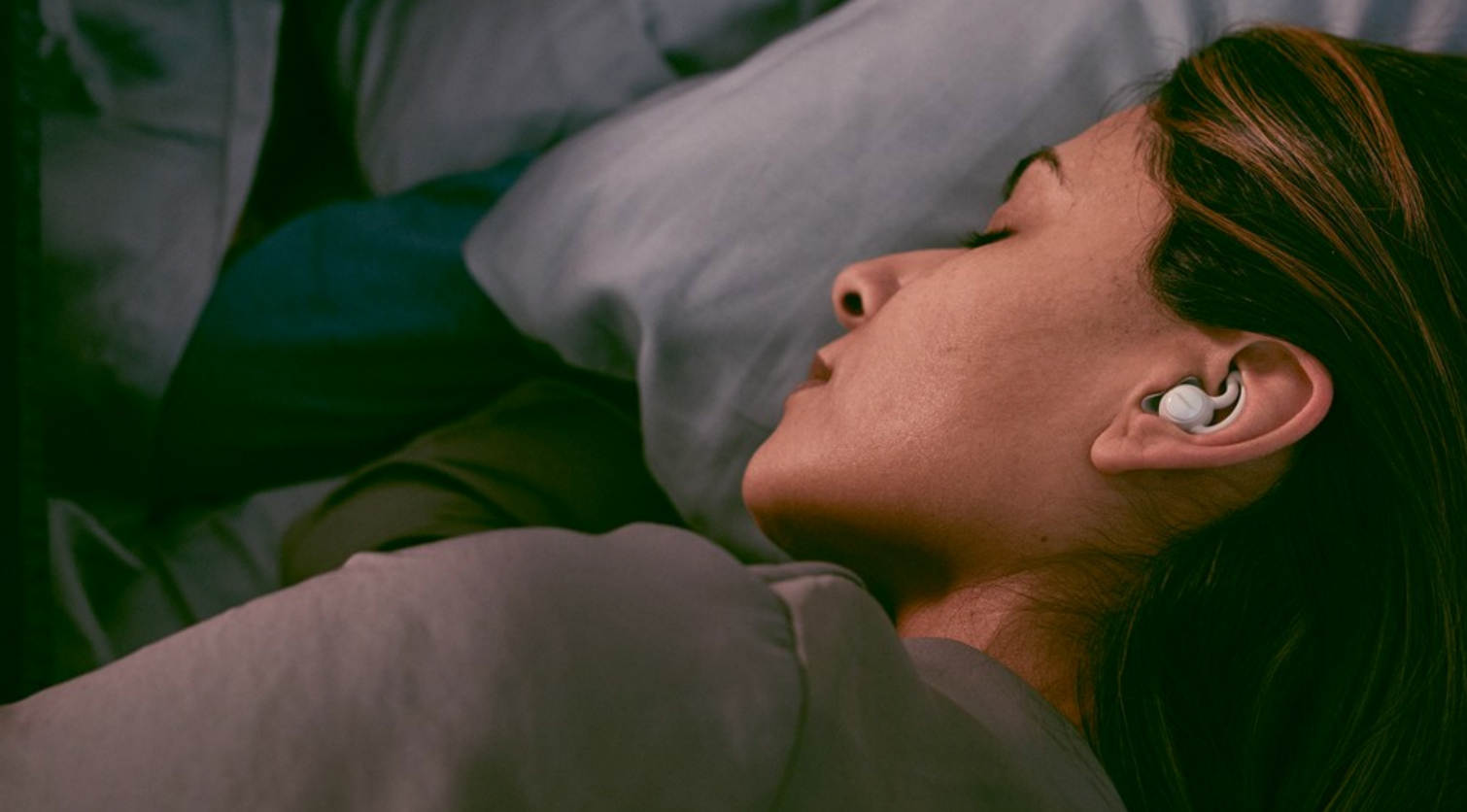Bose Sleepbuds Hands-on: A Pricey Way to Get More Rest
These $249 totally wireless earphones mask city streets and snoring partners with noise-cancelling ear tips and soothing sounds. But they don't play music.

I had never worn a pair of Bluetooth headphones that couldn’t play music before, but on a sweltering summer afternoon in a Manhattan hotel suite, I found myself listening to the sounds of a babbling brook flowing downstream. That water was masking another, more annoying sound: a busy city street.
Bose’s new $249 noise-masking Sleepbuds are designed to soothe you to sleep. The truly wireless buds were tucked inside my ears, but I could barely feel them. The city sounds were coming from a wall-mounted speaker, and the Sleepbuds were playing one of the 10 preinstalled noise-masking tracks — in this case rushing water — to disguise the sound.
Maybe it was the post-lunch hour, or maybe it was the fact that I was lying down on a sofa in a heavily air-conditioned, dimly lit room, or maybe it was the Sleepbuds — I definitely felt like I could fall asleep right there.
MORE: 6 Best (and Worst) Apple AirPods Alternatives
The fact that Bose’s new Sleepbuds, which are on sale now, can’t play music is pretty strange for a pair of earphones. But they’re designed to help you sleep, which means they have to be tiny.
Within a glossy white package that’s about the size of half a penny, there’s a small battery that can last 16 hours on a charge, a flash memory to store 10 tracks, a miniscule transducer to mask sound, a laser-etched antenna and a silicone tip that comes in three sizes. Each bud tucks inside a brushed aluminum charging case, which offers an extra 16 hours of battery life when unplugged..

The earbuds pair with Bose’s Sleepbuds app, which you use to pick a noise-masking track — everything from waterfalls to rustling leaves — and set the length of time you want the track to play. You can even set an alarm. The noise-masking sounds will fade out and the alarm will start, which could be a more effective way to wake up than the smartphone alarm most people use.
I wondered if listening to soothing noises in a device nestled in your ear every night for hours at a time would damage your hearing, but Bose told me that 70 dBA is the max volume for each sleep track. That’s the level the American Speech-Language-Hearing Association has pegged as safe for long-term listening.
The Sleepbuds’ size and fit supposedly make them comfortable enough to wear for eight hours at night, even while sleeping on your side. I haven’t worn them for a full night’s sleep yet, so I can’t vouch for that, but they are incredibly small and much more comfortable than a cheap pair of foam earplugs you can pick up at the corner store.
Bose found an audience for its Sleepbuds with an Indiegogo campaign, but I’m not sure most people will be willing to shell out $249 for earphones designed for such a specific purpose. I plan to put Sleepbuds to the test to see if they’re worth the money. Stay tuned for a full review.
- Live Listen Makes AirPods Even Better: How It Works
- Best Wireless Noise-Cancelling Headphones
- Best Soundbars - Here Are the Best Sounding for the Money
Get instant access to breaking news, the hottest reviews, great deals and helpful tips.
Caitlin is a Senior editor for Gizmodo. She has also worked on Tom's Guide, Macworld, PCWorld and the Las Vegas Review-Journal. When she's not testing out the latest devices, you can find her running around the streets of Los Angeles, putting in morning miles or searching for the best tacos.
-
Brad_53 These seems dangerous. Will you hear someone breaking into your house? Will you hear a carbon monoxide detector? Smoke detector?Reply
